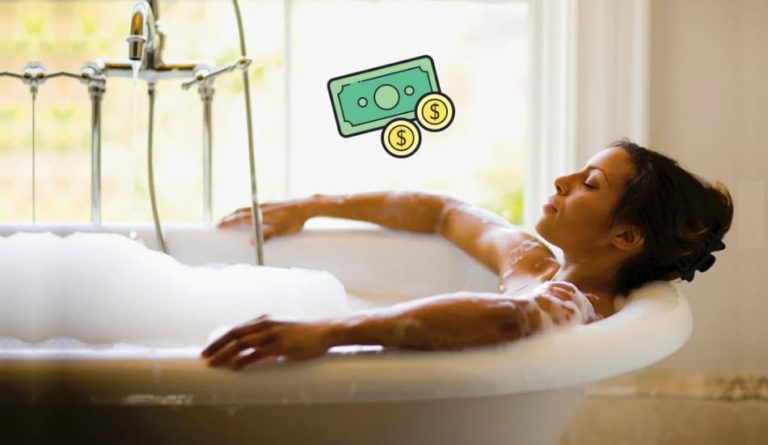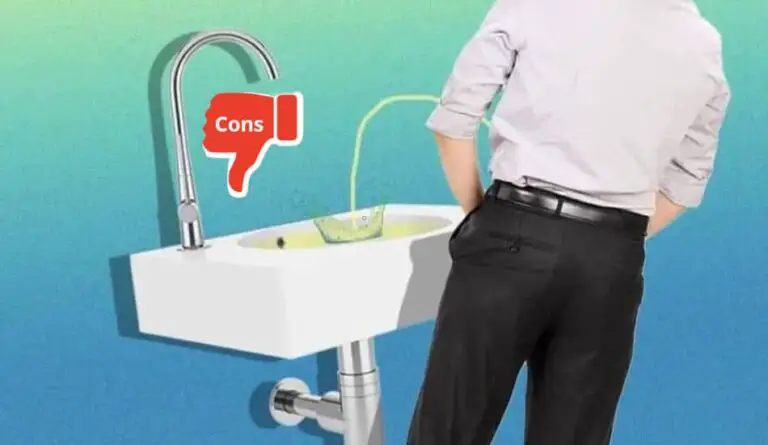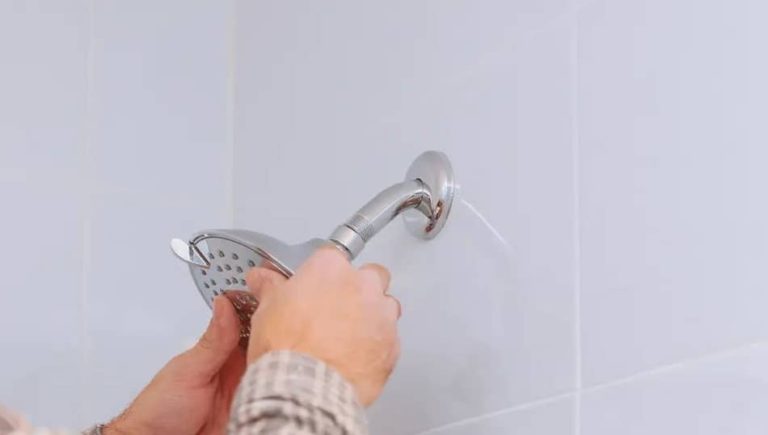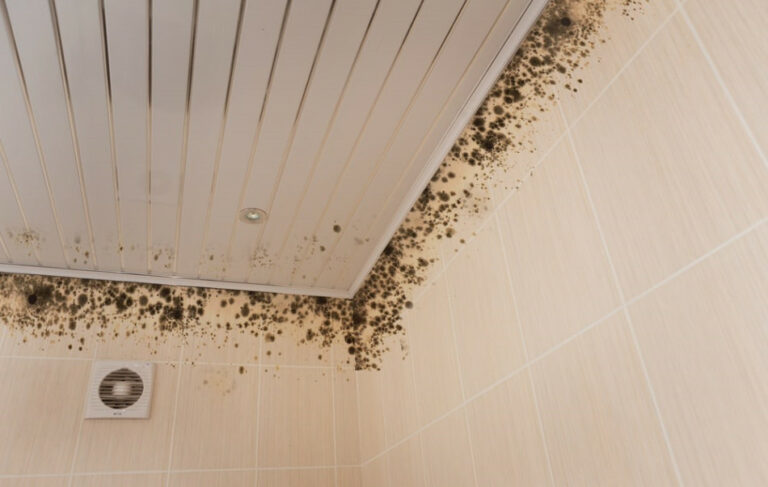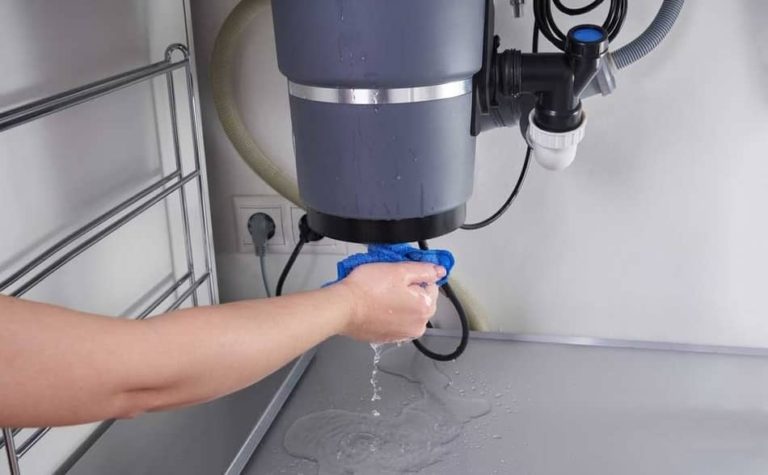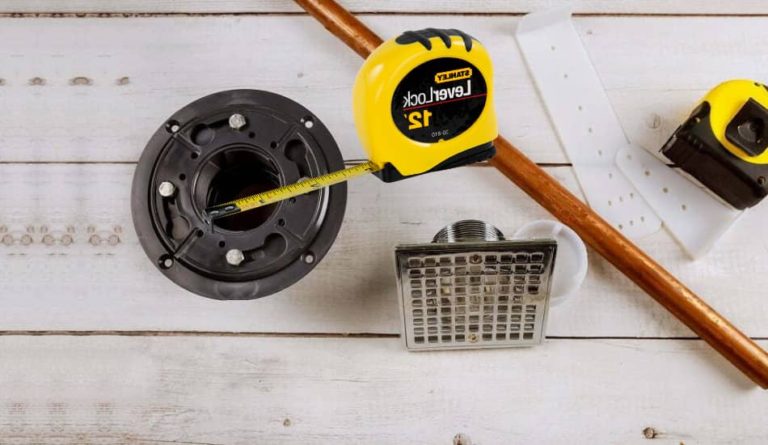Are Cameras Allowed in Bathrooms? Explained
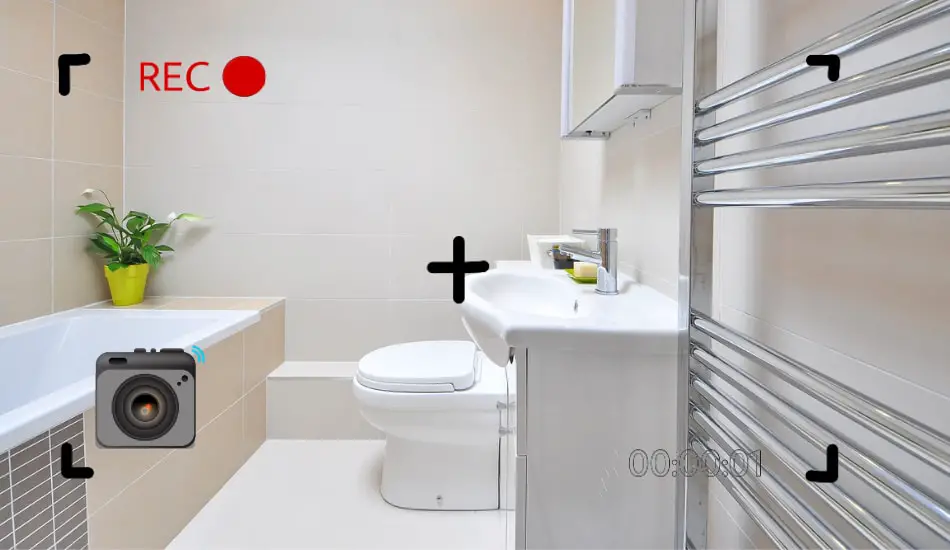
Finding cameras in bathroom areas can be extremely unpleasant, leading to a profound sense of violation and distrust. It’s a question that’s becoming increasingly relevant in our tech-savvy world, where privacy often intersects with security.
Despite this, there are situations where individuals choose to install hidden cameras in these private spaces. In this article, we will delve into the concerning trend of cameras in bathrooms, examining the legal, ethical, and privacy issues that come with this problem. So, let’s start!
Are Cameras Allowed In Bathrooms? Cameras in bathrooms are generally prohibited to protect privacy, with laws varying by state and country. Installing cameras in such private spaces without clear, legal consent can lead to legal consequences. Therefore, consult local regulations when considering the placement of surveillance equipment.
To better understand this topic and know when cameras are allowed, some factors need to be considered. In the next section of this article, we will discuss the laws related to installing a camera in the bathroom in more detail.
Table of Contents
Is It Legal to Put Video Cameras in Bathrooms?
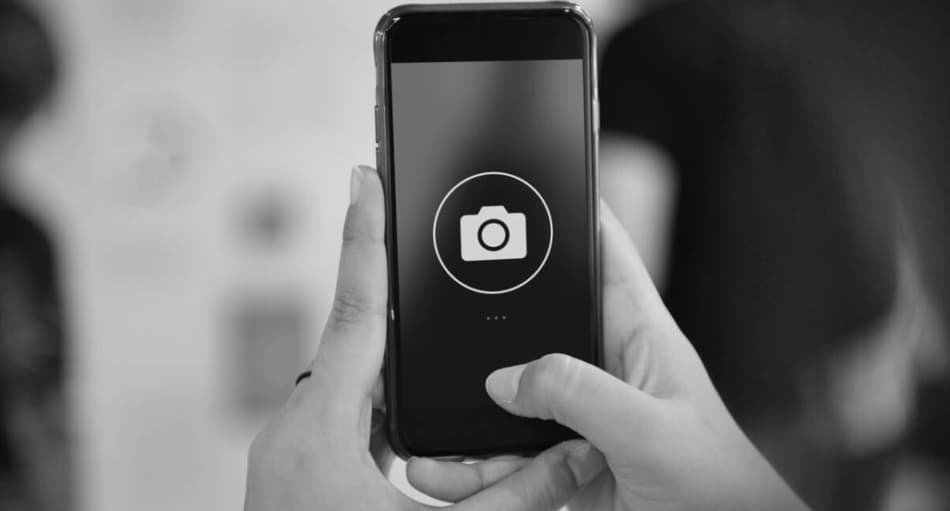
The question of the legality of the installation of video cameras in bathrooms is a significant one. Generally, installing video recording equipment such as cameras in bathrooms without clear permission in many places is against the law. This stems from the understanding that bathrooms are private spaces where people rightly expect privacy.
Several states across the U.S., including Alabama, California, and Massachusetts, have specific regulations that make it illegal to place video cameras in bathrooms and other private areas. These laws recognize the right to privacy in spaces such as:
- Bedrooms
- Changing areas
- Hotel accommodations
- Locker facilities
- Bathrooms
- Other similar areas where undressing is common
Violating these surveillance laws can lead to serious consequences and legal repercussions.
Note: It’s important to consider that in regions without explicit laws against video surveillance in private spaces, state tort laws may still provide a means to safeguard individual privacy in areas where privacy is anticipated.
How to Identify Hidden Cameras in Bathrooms?
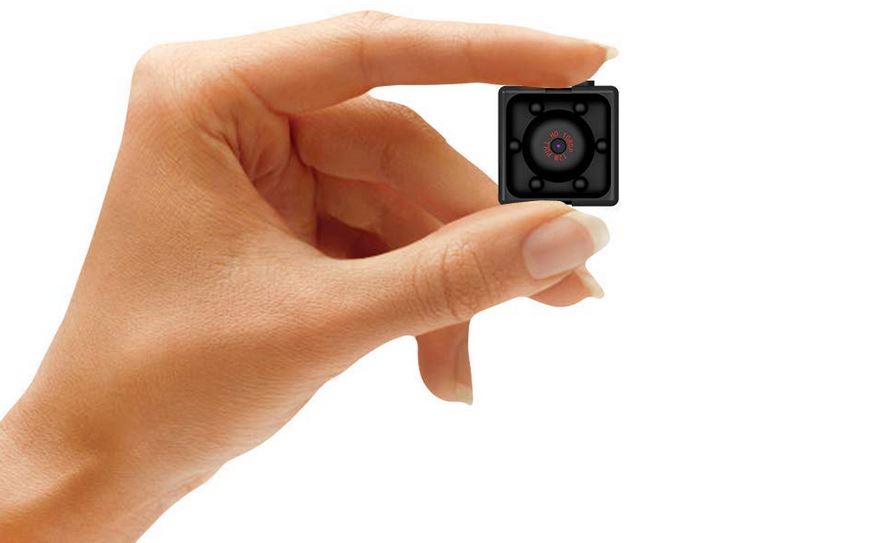
With the increasing use of hidden cameras in private spaces, it’s crucial to be aware, particularly in public bathrooms. Here are three effective methods to spot hidden cameras in these areas:
1. Check If There Are Any One-Way Mirrors in the Bathrooms
Some individuals might hide cameras behind one-way mirrors in bathrooms. You can easily test a mirror’s transparency by:
- Pressing your fingertip against the mirror.
- Observe whether there’s a space between your finger and its reflection.
If there’s a gap, it’s a regular mirror. However, a lack of space might indicate a one-way mirror, transparent on one side and reflective on the other.
2. Examine the Suspicious Items Inside the Bathrooms
Hidden cameras in public bathrooms can be cleverly disguised in various everyday items. Therefore, it’s important to keep an eye out for things such as:
- Electrical outlets
- Adaptors
- Odd-looking screws
- Hooks on walls
- Clocks
Additionally, a smart approach is to search for “hidden cameras” online and review the most popular models. This knowledge could help you recognize these models in bathrooms that you use. If you want to learn more about best hidden cameras for bathroom, look up this article.
3. Locate Hidden Cameras by Using Your Mobile Phones
Smartphones can be powerful tools in detecting hidden cameras, especially in places like bathrooms. Here are some effective methods you can use to detect them:
- Utilize Your Phone During Calls. Make a call on your phone and slowly move around the bathroom. Pay attention to any unusual interference or odd sounds during the call, as these could indicate the presence of a hidden camera.
- Use Camera Detection Apps. Install applications that are designed to find hidden cameras on your smartphone. Use these apps to scan for any covert CCTV cameras, particularly in sensitive areas like school bathrooms.
- Use Your Phone’s Flashlight in Dim Rooms. In darker areas like changing rooms, turn off the lights and use your phone’s flashlight to carefully examine any suspicious areas. Hidden cameras often have reflective surfaces that may catch the light.
Related Article: Can There Be Cameras In Public Bathrooms? Explained
What to Do If You Find Security Cameras in Bathrooms?
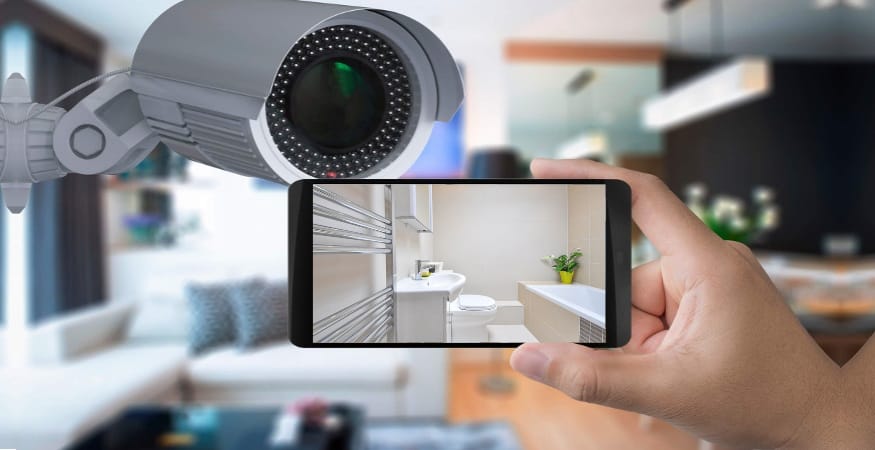
Finding hidden security cameras in places like bathrooms and changing rooms can be alarming. If you find yourself in such a situation, be calm. Here’s how you can take action while protecting your privacy rights. Note that these guidelines are not applicable in scenarios where cameras are legally installed with clear notifications and without capturing private activities.
Gather Compelling Evidence
If you come across surveillance cameras in public bathrooms, make sure to take some photos and record them. This visual evidence is crucial and can significantly assist law enforcement and legal processes should you choose to take action against the unauthorized surveillance in bathrooms.
Understand Your Local Surveillance Laws
In cases that are different from standard situations, it’s crucial to be informed about your rights. Consult local legislation or seek legal advice to understand the specific laws regarding camera installation in private spaces like bathrooms.
Confront the Business Owners & Take Legal Actions
Discovering hidden cameras in locations like bathrooms without proper notification can point to two scenarios: either the business owners covertly install the cameras, or the owners are unaware of who placed them there.
- If the Business Owners Installed the Cameras. When business owners secretly install cameras, banding together with others affected is a practical approach. Request a fair resolution from the proprietors. Should this negotiation not yield results, involve law enforcement and consult with local lawyers for legal guidance.
- If the Owners Are Unaware of the Cameras. If the business owners don’t know of these hidden cameras, you can suggest they review footage from their official security cameras. This could potentially aid in identifying who is responsible for the unauthorized surveillance.
These steps are essential in addressing privacy violations in commercial spaces and taking appropriate legal action to safeguard individual rights and privacy.
Related Article: How to Set up a Hidden Camera in Your Bathroom?
Exceptions: When Cameras Can Be Legally Put in Bathrooms?
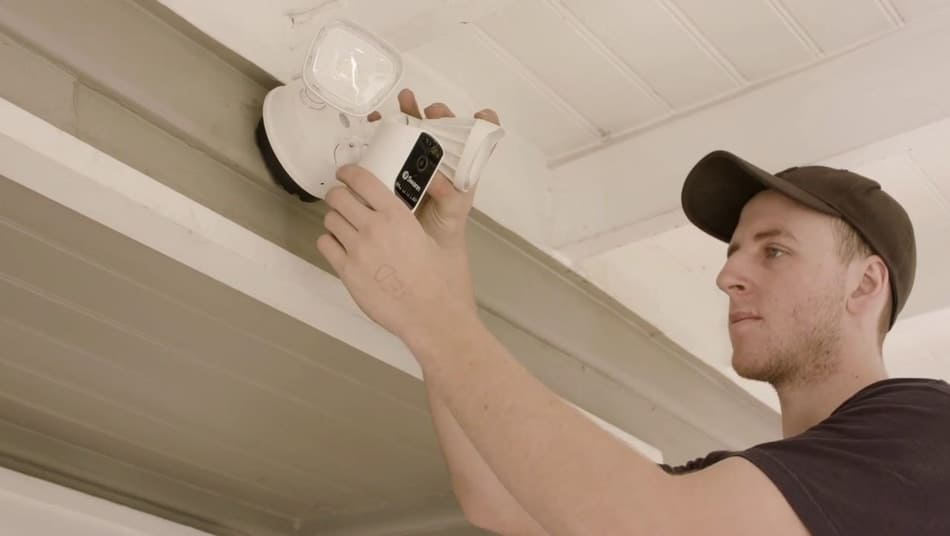
There are certain scenarios where installing security cameras in bathrooms might be legally permissible:
CCTV Cameras in Public Bathrooms Are Pointed at Common Areas
To secure student safety and curbing activities like smoking or violence in hidden spots, schools sometimes install CCTV cameras in public bathrooms. These cameras are typically fixed, with no capabilities for zooming or repositioning. They focus only on general areas such as handwashing areas, avoiding private sections like toilet stalls and mirrors.
Security Cameras Are Put in Your Own Bathrooms
Placing cameras in your bathroom is generally acceptable, particularly if they are solely for personal use. For instance, you might set up a camera to monitor your pets’ antics with toilet paper when you’re not around.
However, installing cameras in shared bathrooms in rental properties is not appropriate. Additionally, when guests, landlords, babysitters, or house cleaners visit, it’s crucial to inform them about any active cameras in the bathroom and disable these cameras to avoid accusations of violating privacy.
Notify About Security Camera Installation
In Arizona and Connecticut, for example, the law stipulates that employers must notify their employees through written communication and obtain their agreement before installing security cameras in bathrooms or any other private spaces within the workplace. This step is vital in maintaining transparency and respecting individual privacy rights.
If employees are not properly informed beforehand, any employer installing surveillance equipment in these sensitive areas directly violates the law. Such actions can lead to significant legal repercussions, emphasizing the seriousness of adhering to these regulations.
Final Thoughts
In conclusion, the question of whether cameras are allowed in bathrooms is not just a matter of legality but also ethics and privacy. It’s clear that the overwhelming consensus is against placing surveillance equipment in such intimate spaces, both to uphold the law and to respect personal privacy.
This discussion serves as a crucial reminder of the importance of being vigilant about our privacy rights and the need for clear regulations to protect these spaces. As technology continues to evolve and integrate into our daily lives, it’s imperative that we maintain a firm stance on protecting the sanctity of our private moments, ensuring that personal boundaries are respected in all aspects of life.


